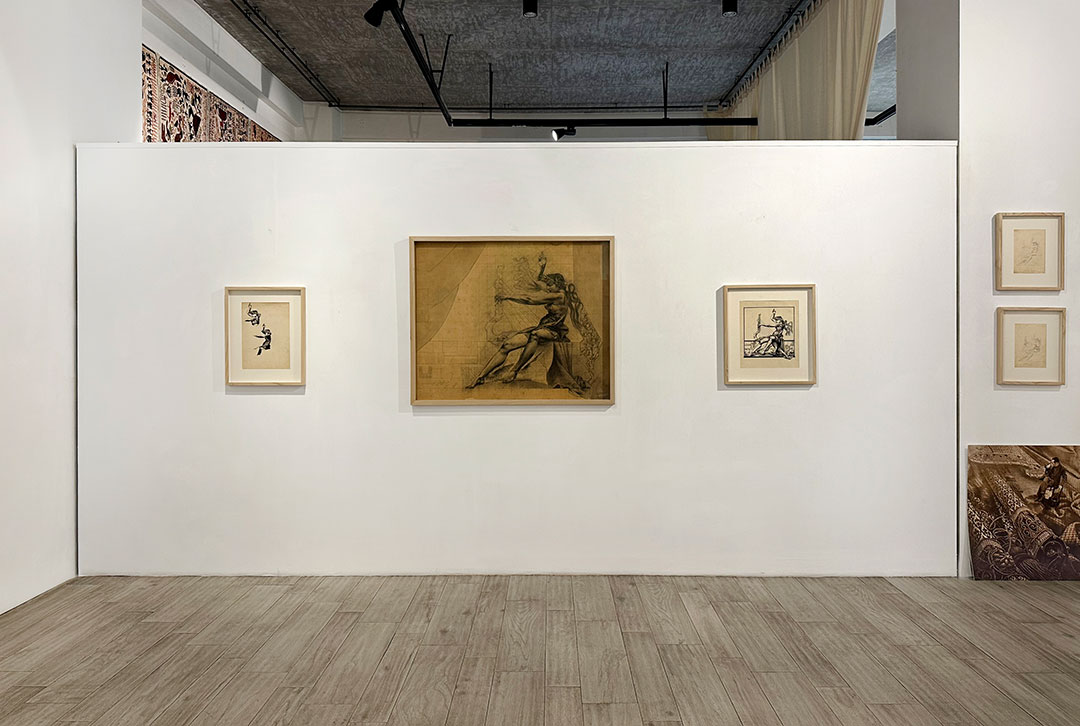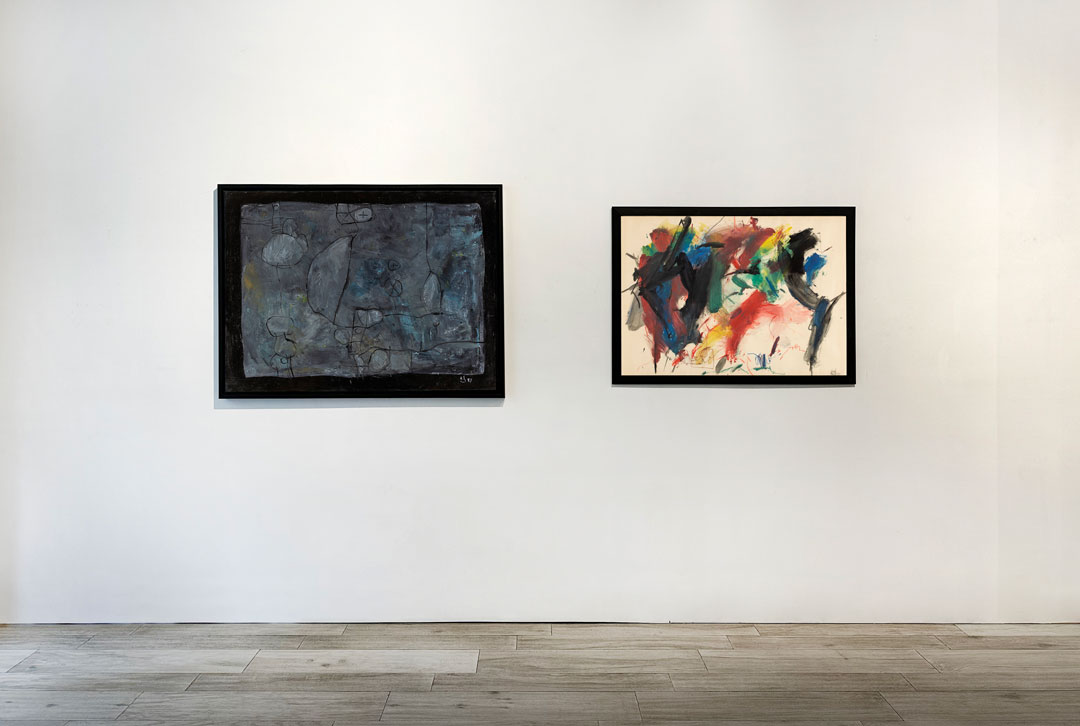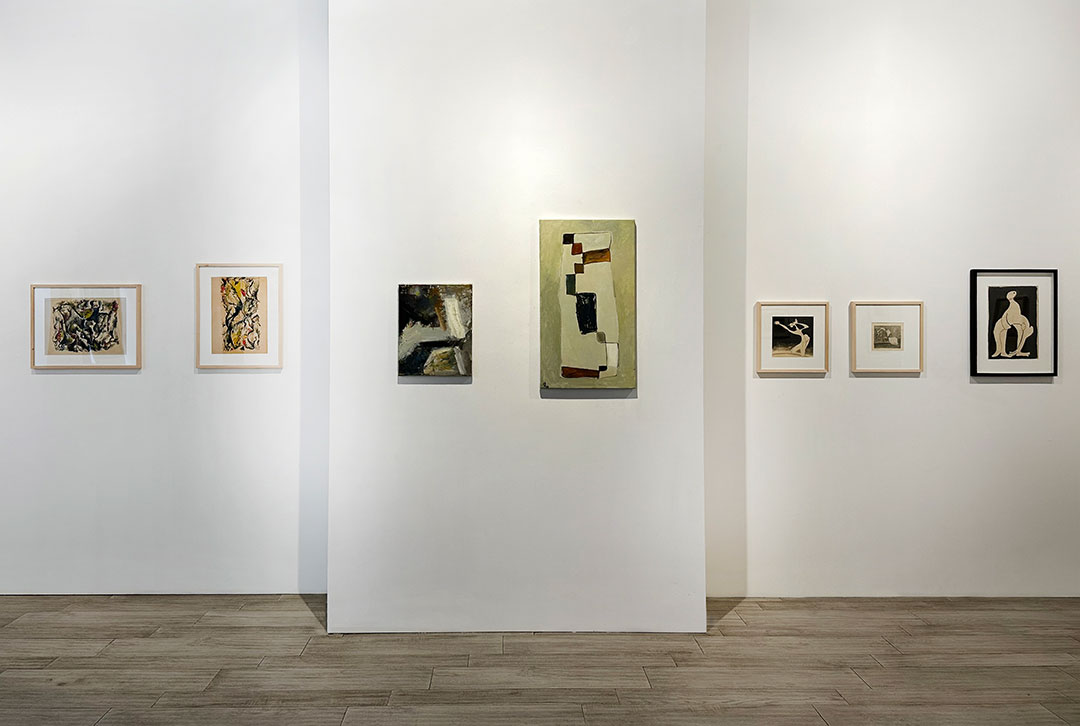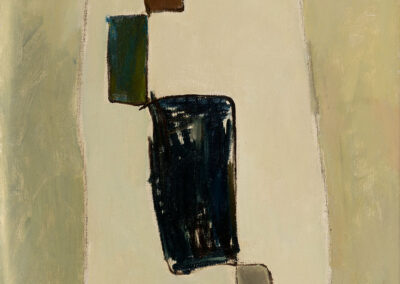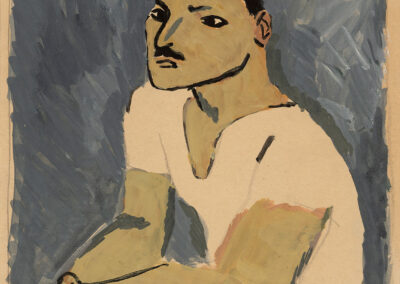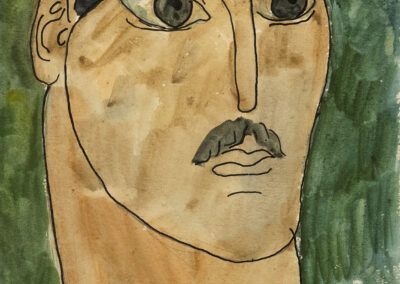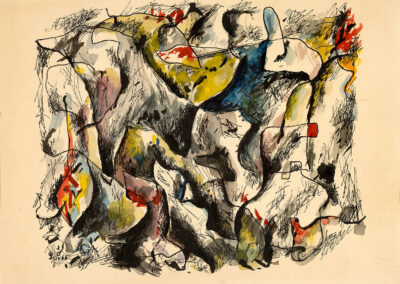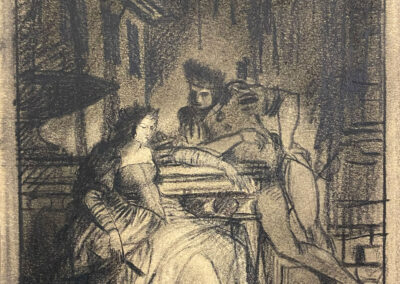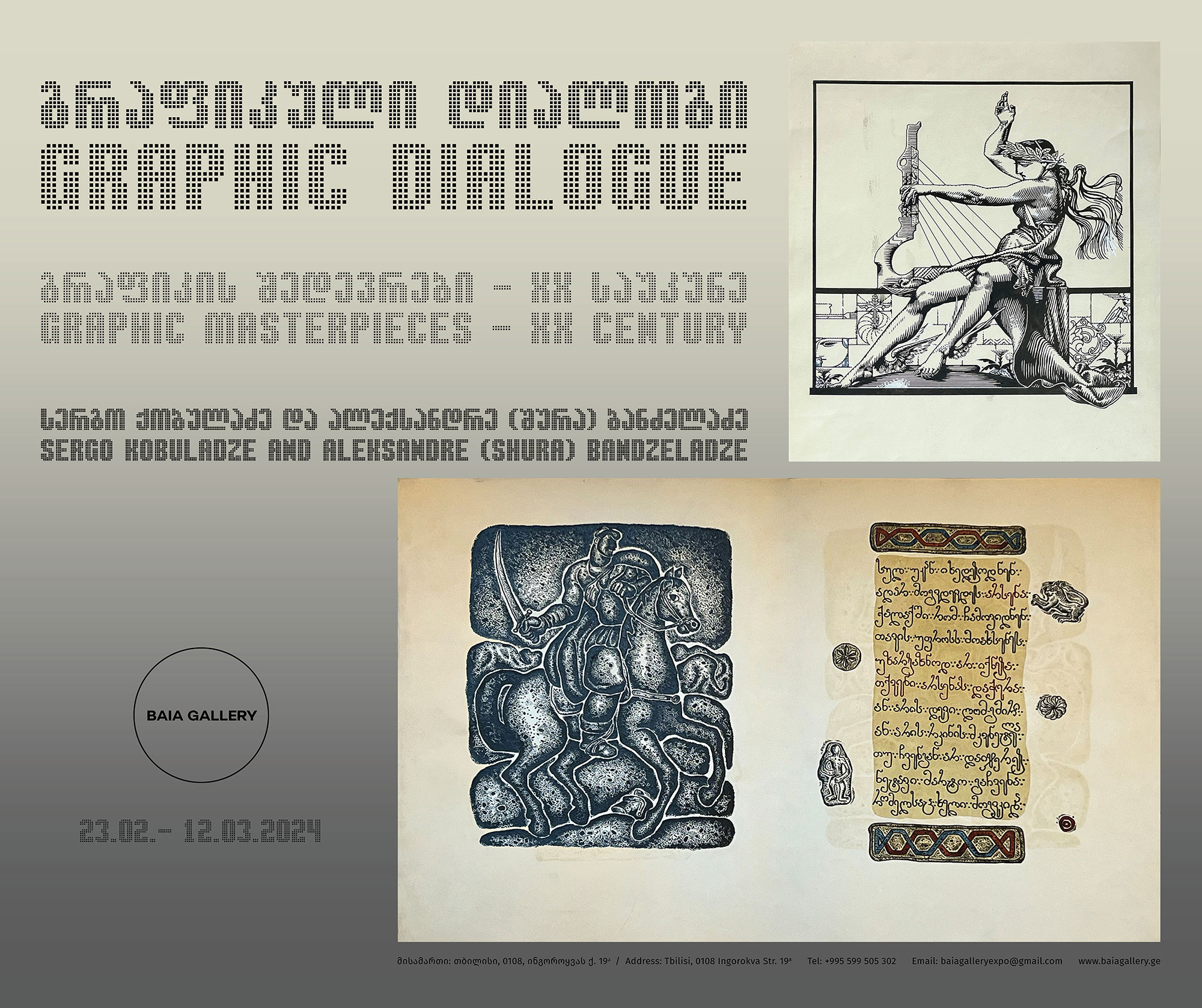Graphic Dialogue
February – March, 2024
19a Ingorokva Street
The Graphic Dialogue exhibition presents two of the greatest artists, Sergo Kobuladze and Alexandre (Shura) Bandzeladze, and their graphic works produced in the same phase of the Georgian culture of the 20th century.
The sketches of Sergo Kobuladze’s most important creation, the hand-painted opera curtain, are rare examples of Georgian culture. Their uniqueness is also determined by the fact that the curtain was completely burned in 1973 when the sketches acquired an immeasurable value for Georgian cultural heritage. In addition to the sketches, the show presents the artist’s other works, including the fantastic Dante and Shota Rustaveli, executed in the complex mezzotint technique as well.
The series of graphic works by Alexandre (Shura) Bandzeladze, preserved in a private collection until now, will be exhibited for the first time. It needs to be noted that Bandzeladze started to popularize neo-avant-garde art from the 1960s already in the Soviet period. Most of these graphic paintings manifest this process. His first abstract sketches, a foundation for the following large-scale canvases, date from this period. Their majority includes an indication of the size of the painting that had to be produced based on that sketch. This small collection, which consists of twenty-two graphic drawings (abstract compositions made with pencil, ink, gouache, sketches; surrealistic configurations, portraits, illustrations, and religious themes), presents a vital milestone period of the artist and introduces us to all directions of his creative oeuvre.
A combination of Sergo Kobuladze’s traditional, classical work and Alexandre (Shura) Bandzeladze’s neo-avant-garde drawings that are based on the knowledge of classical art and offer a reflection on it creates a paradoxical unity. This impression of merging different types is strengthened by the strongly expressed individualism of these two artists, the importance of the concept, and the ability to transform the shape, which is achieved with perfect skill. Courage to transform and universal knowledge of the technical capabilities of the graphical painting allows to demonstrate the primary impulses and hidden currents of the Georgian art of that period, the forbidden processes taking place in the artists’ workshops parallel to the work on official commissions. Even the small sketches reveal great resources of authors with great creative potential. Most of these sketches manifest the most hidden and intimate sides of the artists’ creativity, containing the first manifestations of their famous works, where the impulses of the concepts and inspirations are based on unique energy. One can say that this small-format exhibition presents the most beautiful “icons” of Georgian art from the 20th century: the sketch of an opera curtain, which in its perfection exceeds the meaning of a sketch (Kobuladze’s works are characterized by being “non-sketchy”) when all works of the artist are complete and brought to perfection; Bandzeladze’s illustrations of Arsena’s Poem that have been repeatedly awarded prizes at international competitions (the exhibition puts on display the versions of the book cover and illustrations) and are distinguished by a specific model of shape stylization.
The “sculptural” style of Kobuladze’s paintings and the “etched” design of Bandzeladze’s illustrations create the effect of three-dimensionality, which goes beyond the limits of graphic possibilities. In both cases, the graphic model is very individual and free.
And finally, the primary emotional image of the exposition is the portrait of Giorgi Chubinashvili, made by Alexandre Bandzeladze in 1955.
Along with being a researcher, scientist, and public figure, Giorgi Chubinashvili was one of the founders of the Georgian School of Art History and the first rector of the Tbilisi State Academy of Arts, the founder, and director of the Institute of Georgian Art, which today bears his name.
It is logical for him to “attend” the exhibition of these two great artists.
